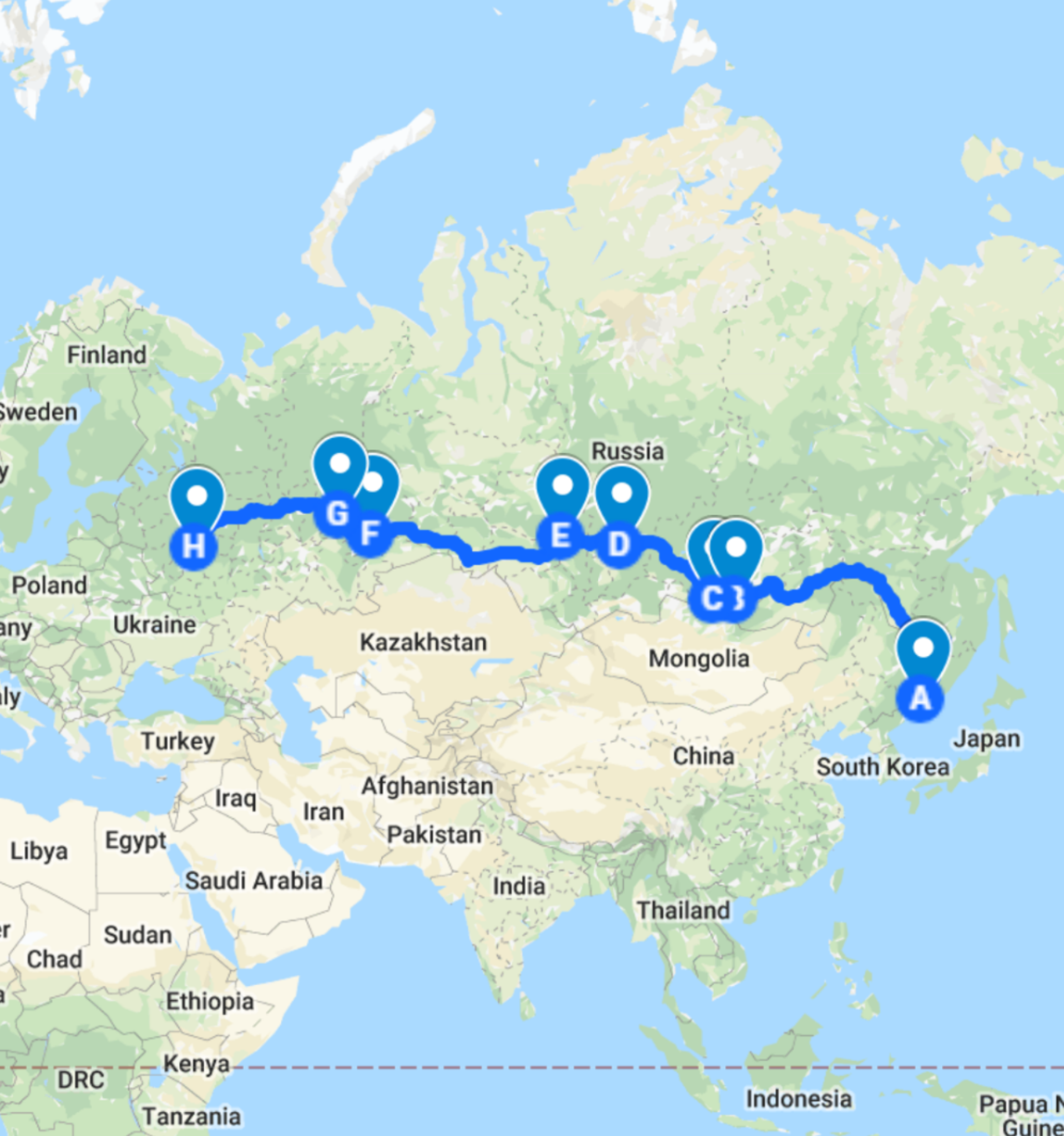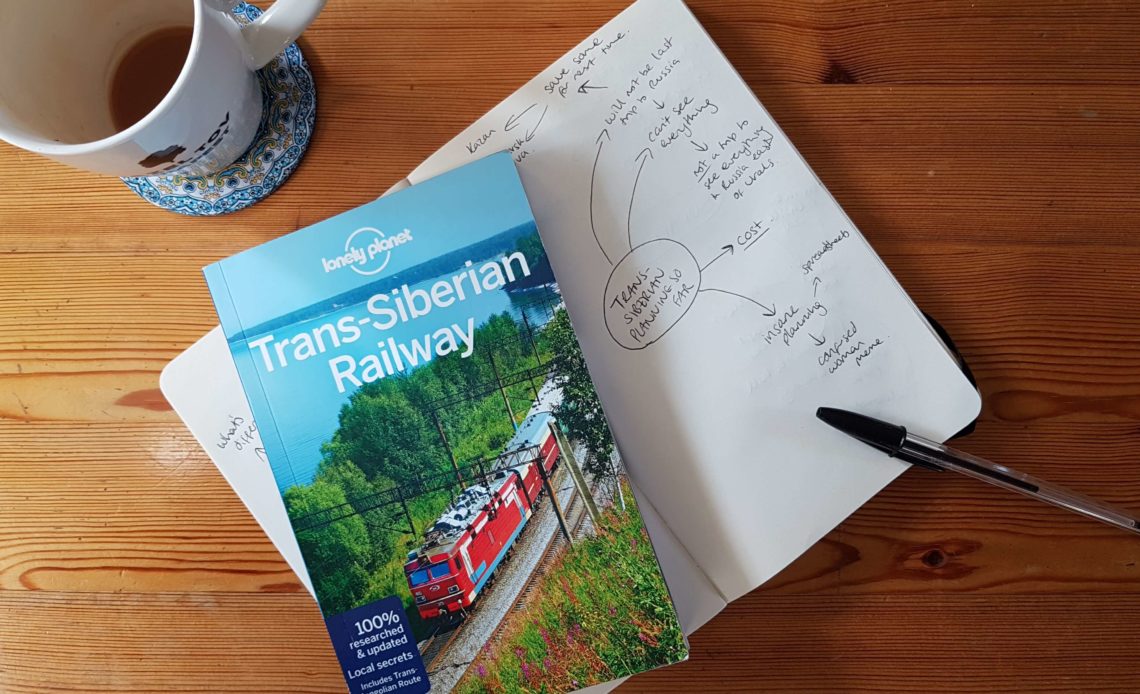
The post is all about my preparations to my upcoming adventure of travelling the Trans-Siberian. (It is not a guide of how to plan by any means – more like of diary of how it is going so far.)
I announced a few weeks back that I was planning on doing the Trans-Siberian this summer and I was pretty surprised by the response (in a good way) – it seems a lot of people either had it on their bucket list or were just keen to know more. With the recent rebrand and the developing the new site, I haven’t had much time for writing, but thought it would be a good idea (and an easy post) to answer some of the most requested asked questions I’ve had.
Read my itinerary here: The Trans-Siberian in three weeks
What is the Trans-Siberian?
Ok, so technically the thing I’ve been asked the most often is ‘Oh cool, so you’re going to Beijing?’ But I wouldn’t be being my true self if I didn’t leap at the opportunity to point out to people when they are wrong, so let me lay down some Trans-Siberian truth here.
The Trans-Siberian route connects Moscow to Vladivostok. Not Beijing. However, the most popular rail route people take across Russia forks off in Eastern Siberia and heads to Beijing via Mongolia. This is the Trans-Mongolian route – it’s just commonly (and incorrectly) called the Trans-Siberian, because it does pass through most of Siberia.
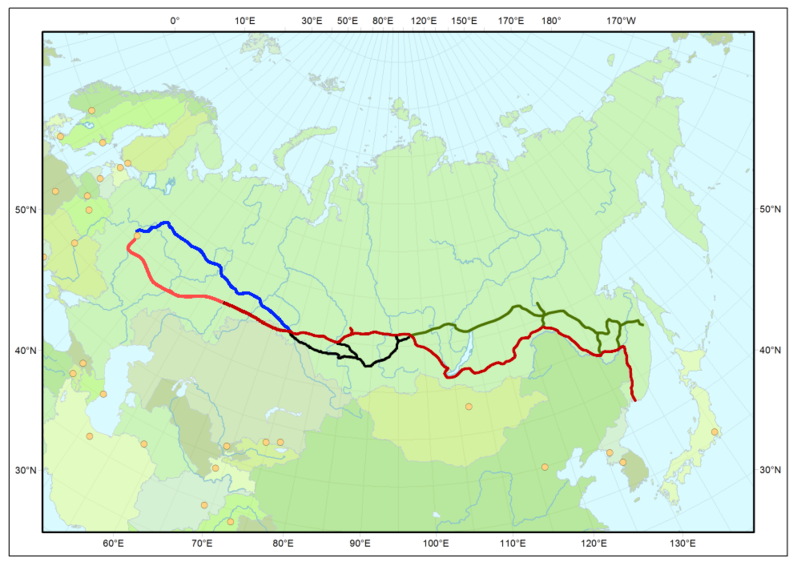
The main rail routes through European Russia to Siberia | Source: Wiki Commons
Another thing to remember is that the Trans-Siberian is not a single railway line. It is a collection of routes which connect cities across European Russia and Southern Siberia, culminating in Vladivostok. In Siberia, there is one common route that connects the largest cities, but in Europe there is a pretty big network of lines you could take to visit different cities, all of which would still ‘count’ as doing the Trans-Siberian, though there are two ‘main’ routes.
So are you travelling from Moscow to Vladivostok?
No. No, I’m not. I’m flying out to Vladivostok and travelling back to Moscow. Why am I travelling from Vladivostok to Moscow and not the other way around? Two reasons:
- From what I’ve read, travelling the route ‘backwards’ is cheaper and has fewer tourists. As much as I enjoy meeting other travellers, I think there would be something a bit disappointing about boarding the Trans-Siberian, only to find you’re in a compartment of Germans. (That’s not a xenophobic slight by the way, I love Germans but I live in Germany and I can talk to Germans literally any time I want.)
- This is going to be a long, long journey. After I reach Moscow, I feel I would much rather get a relatively simple three-hour flight than embark on a 15-hour return journey with a four-hour stopover in Moscow.
Doing the Trans-Siberian: why?
Why do you want to do the Trans-Siberian?
I love Russia and I love train journeys. That is essentially what it boils down to, really.
I’ve always wanted to see as much of Russia as I can, particularly now that I am far more into hiking and exploring natural landscapes than I was when I actually lived there. I think the notion of the Trans-Siberian is romantic enough, but the idea of climbing to the top of a hill only to look out and see nothing but vast forests as far as the eye can see is just too irresistible. (Now I just need to actually find said hill to climb that isn’t immediately adjacent to a sprawling concrete Soviet city…)
Read more: Why now is the perfect time to visit Russia
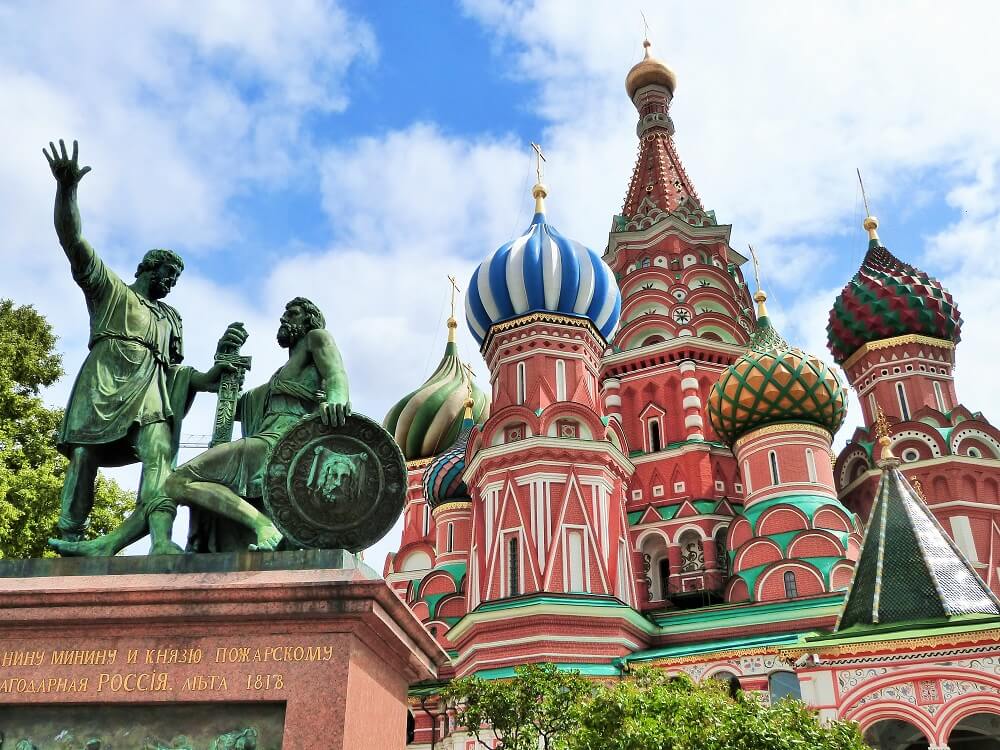
Why now?
Firstly, I really wanted to do a big trip this year. It’s very common in Germany to take a longer three-week break once a year but despite having unlimited days of holiday in my old job, it was something I never tried. I liked the idea of doing it this year and I was originally planning to travel around Uzbekistan and Central Asia, when the Trans-Siberian kept coming back to mind.
Researching the route got me ridiculously excited about the idea of visiting. It felt like falling in love with Russia all over again – it reminded me of the time I would spend devouring my old Lonely Planet guide book, excited about starting my year abroad in Yaroslavl, on Russia’s famous Golden Ring.
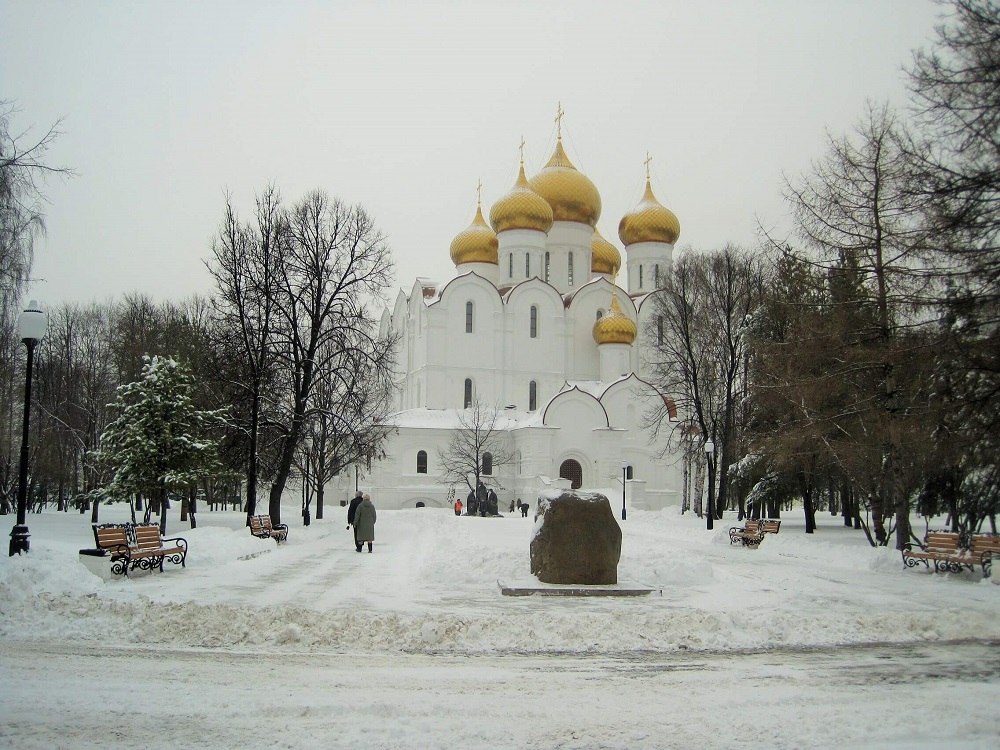
Yaroslavl, where I studied for a semester in 2010
Lastly, I’ll be celebrating the big 3-0 in 2020, so it seemed like a good idea to try and fit in one or two life goals before then. Another goal I’ll be attempting later this year is my first (and most likely only) marathon in late October. Therefore going on a long trip in May/June followed by a lot less travelling (and running my arse off) in June-October suits both my limited days of holiday and my training plan for the Amsterdam marathon.
Planning the Trans-Siberian: the nitty-gritty
My Trans-Siberian route (click to view on Google maps)
Where will I be stopping?
During my journey, I had planned stopovers in Vladivostok, Ulan-Ude, Listvyanka (on Lake Baikal), Krasnoyarsk, Tomsk, Yekaterinburg, Perm and then two days in Moscow to finish.
For more details on my itinerary, read this: The Trans-Siberian in three weeks
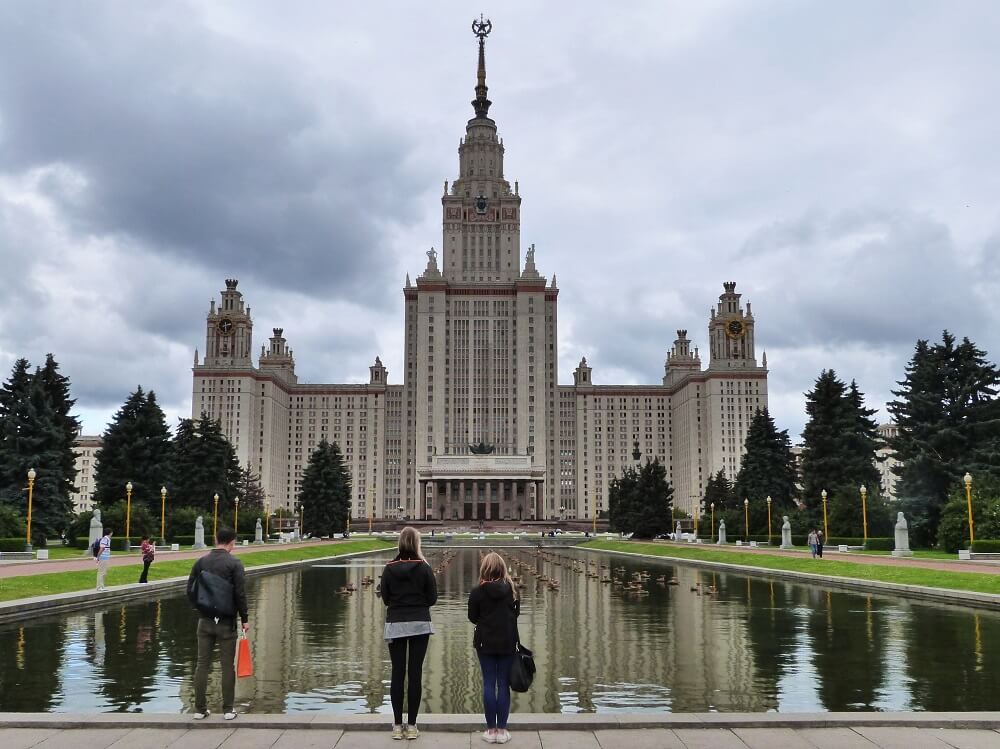
Moscow: the final stop on my Trans-Siberian adventure
Can you be flexible with the plan?
No. Nope. Nein. Nyet. It turns out that three weeks really isn’t a lot of time when you have to spend six days on a train. So I am going to have to pre-plan pretty much everything to make sure I make all the right trains. Plenty of the longer-distance trains only run every other day, so missing even one connection at the start could mean big problems later on. Fun, fun, fun! (I’m not being sarcastic, I really do love planning.)
Key learnings so far
Even with more than three months to go before I start my trip, I have already learned a few things that are useful to bear in mind if you’re thinking of doing the Trans-Siberian yourself:
- It is expensive. There’s so way around it, this is not a cheap thing to do.
- You can’t see everything. At first I got very excited about seeing all these fantastic things that Russia (and Siberia in particular) has to offer. But ultimately, I have three weeks, six days of which will be devoted entirely to transit – that means there are some places that I simply don’t have time for. It’s a shame, but such is life.
- This will not be my last trip to Russia. Something I had to keep reminding myself while planning is that I will definitely go back to Russia, so it’s fine to leave some things for next time. This led me to cut Kazan out of my itinerary, because I could easily pair it with Nizhny Novgorod for a Volga-centric trip in the future.
To keep up with my Trans-Siberian trip planning, make sure to sign up for the email newsletter.


